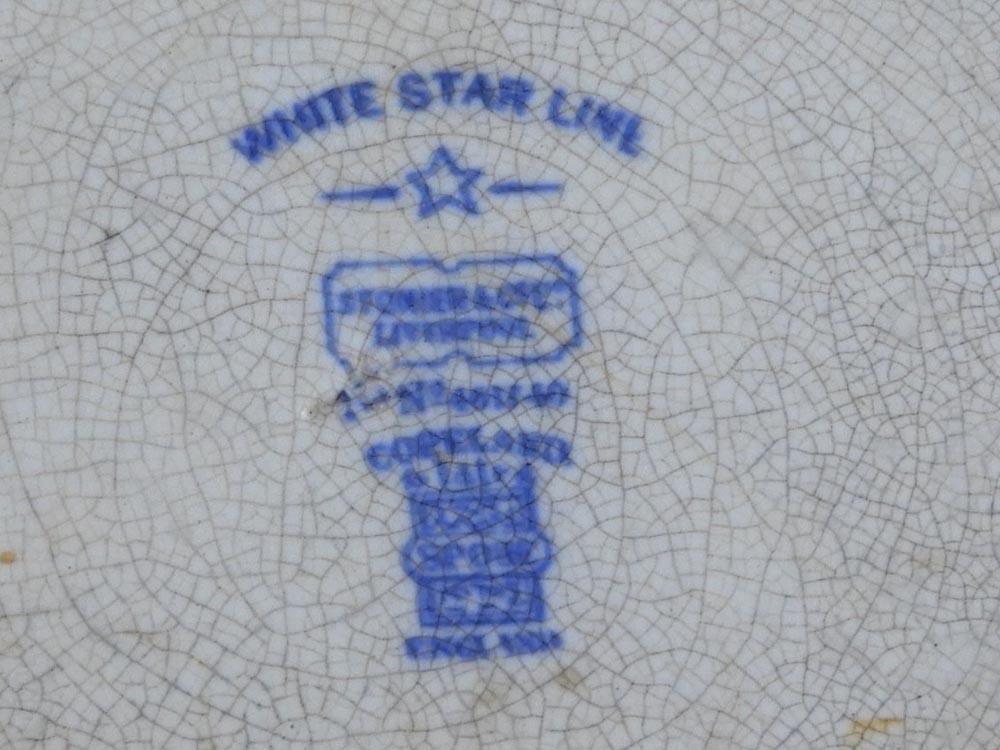Artefacts from HMHS Britannic retrieved for display in Greek museum
- Home
- Latest News
- 2025
- September 2025
- Artefacts from HMHS Britannic retrieved for display in Greek museum
A new expedition has recovered objects from Titanic’s sister ship, sunk by a German mine when serving as hospital ship in 1916.

A recent diving expedition has successfully retrieved artefacts from HMHS Britannic, which lies on the seabed off the Greek island of Kea. Among the recovered items are the ship’s observation deck bell, a port-side signalling lantern, pieces of first- and second-class portable equipment, decorative ceramic tiles from the Turkish bath, and a pair of binoculars. These objects will be displayed at the National Museum of Underwater Antiquities, currently under construction in Piraeus.
The expedition, conducted between 6-15 September, was organised by Greece's Ephorate of Underwater Antiquities in collaboration with international partners. The team used advanced submersible technology to access the wreck, which rests at a depth of approximately 120 metres in the Kea Channel.
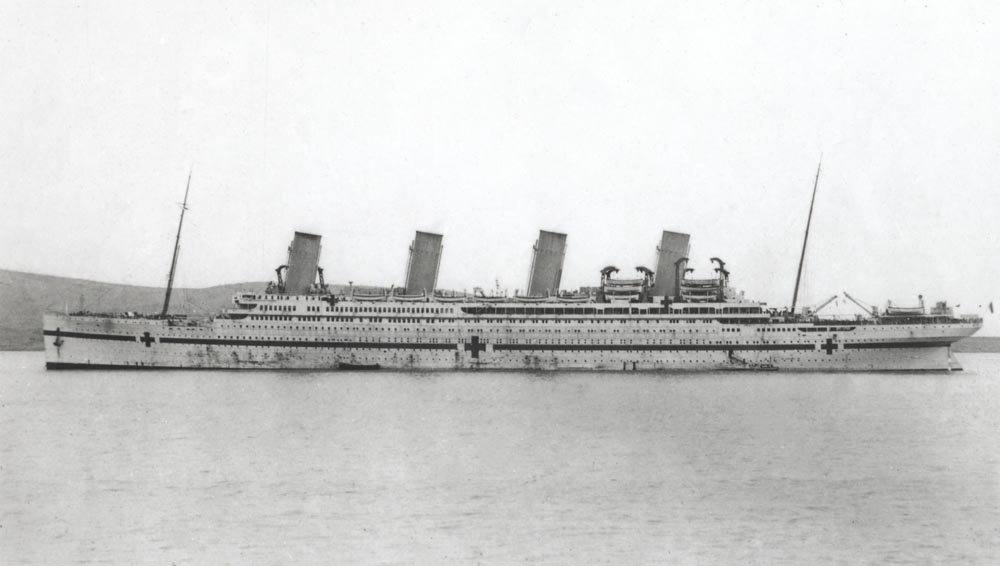
Britannic was the largest of the three Olympic-class ocean liners built by White Star Line, alongside her sister ships Titanic and Olympic. Requisitioned as a hospital ship during the First World War, she was on her sixth voyage to collect wounded from the Mediterranean theatre when disaster struck on 21 November 1916.
Britannic hit a mine laid by the German submarine U73 and sank in just 55 minutes. Of the 1,066 people aboard, 30 lost their lives. The WFA has published a detailed account of the loss of the Britannic.
Submarine U73, commanded by Kapitänleutnant Gustav Siess, had laid a minefield in the Kea Channel on 28 October 1916, just 24 days before Britannic passed through these waters. The U-boat's navigator, Martin Niemöller, left an account in his book Vom U-Boot zur Kanzel, translated into English by Commander D. Hastie Smith as From U-boat to pulpit (William Hodge & Co., 1936).
At 5 a.m. we dive and make for the channel of Kea, to select a suitable spot to lay mines in. This presents no difficulty, as all shipping keeps close to Keos, but we make the unpleasant discovery that several groups of minesweepers are engaged in sweeping the channel. Evidently our visit is not altogether unexpected. Nevertheless we trust to luck and between 8 and 9 a.m. lay two barrages of six mines each inshore of the Island of Keos...
Returning to their Adriatic base at mission's end, the submariners were unaware of their prize.
And our success? We feel rather uncomfortable, as we secure alongside the Gaea and are greatly surprised at the rousing cheer which greets us. We knew of no success beyond the pitiful Greek barque Propontis, but we now learned that our barrage in the Channel of Kea had bagged the British hospital ship Britannic, a magnificent vessel of nearly 50,000 tons, the pride of the British mercantile marine...
U-boat 73 was part of Germany's Mediterranean flotilla, based at Pola and Cattaro, which played a significant role in naval warfare in the region. Kapitänleutnant Siess would ultimately become one of the most successful submarine captains of the First World War, credited with sinking a total of 261,399 BRT of enemy shipping, earning him the Pour le Mérite on 24 April 1918. The same minefield that claimed Britannic had earlier sunk the French auxiliary cruiser S/S Burdigala on 14 November 1916, just seven days before Britannic met her fate. An interactive visualisation of submarine losses in the Mediterranean during the First World War illustrates the scale of submarine warfare in these waters.
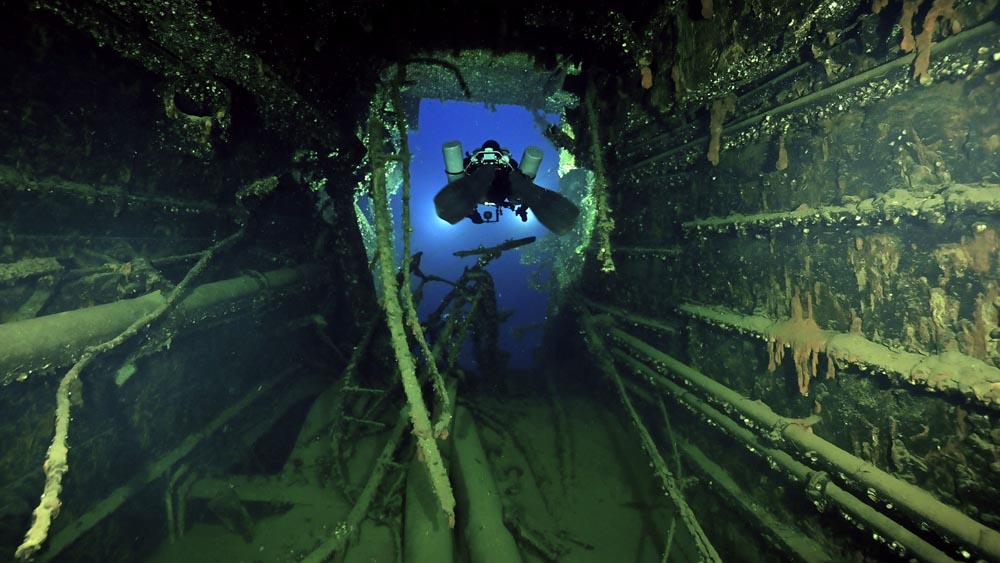
The wreck has been owned since 1996 by Simon Mills, a British maritime historian who founded the Britannic Foundation to research the vessel. Mills, who has authored several books about the ship and coordinated numerous expeditions to the site, purchased the British Government’s legal title to the wreck with the initial intention of preserving it from interference. Over the decades, his work has helped facilitate extensive documentation and research of this remarkably well-preserved Olympic-class liner.
In May 2025, Mills organised the first-ever retrieval of artefacts from the wreck site, working with Greek authorities and an 11-member team of professional deep-sea divers. Despite challenging conditions at depths exceeding 120 metres, with strong currents and poor visibility, the team successfully recovered several significant items.
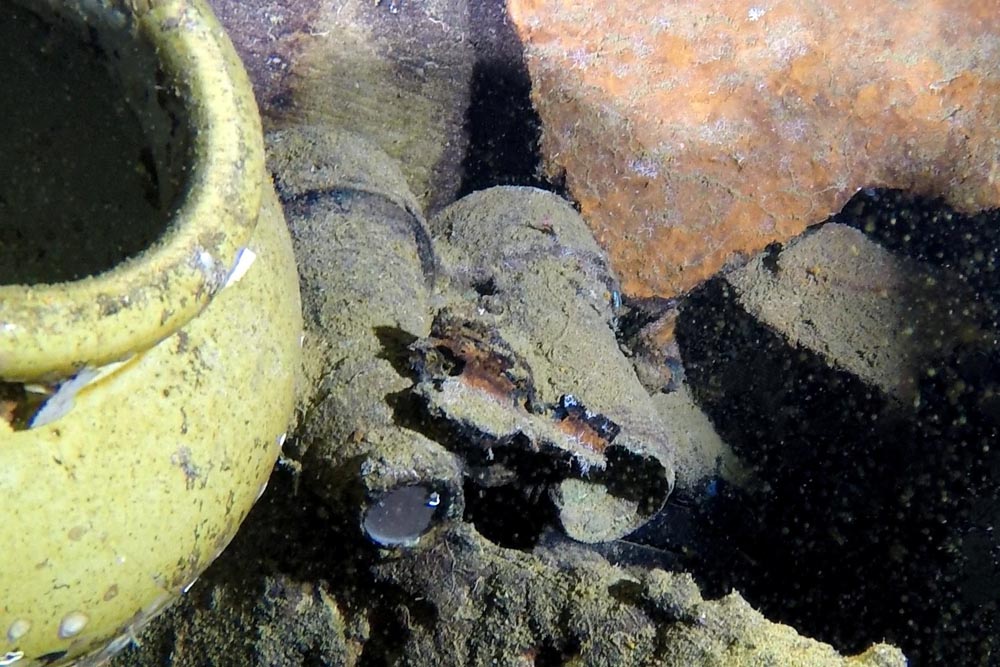
The objects, lifted using airbags and placed in special containers, underwent immediate conservation work. They were then safely transported to Athens, where the restoration process continues. Once fully conserved, the artefacts will become part of the permanent exhibition at the National Museum of Underwater Antiquities in Piraeus. The museum’s First World War section will feature the Britannic wreck as a central exhibit.
Previous expeditions to the site had documented but not recovered significant items from the ship. In September 1998, another team of divers made an expedition to the wreck. Using diver propulsion vehicles, the team made more man-dives to the wreck and produced more images than ever before, including video of four telegraphs, a helm and a telemotor on the captain’s bridge. The September 2025 expedition marks the first time objects have been successfully retrieved from the wreck for museum display.
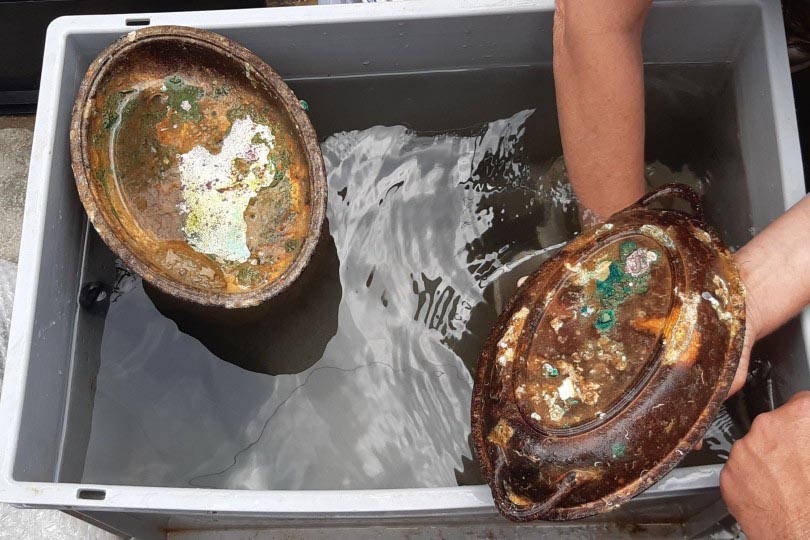
The wreck of HMHS Britannic was discovered by explorer Jacques Cousteau in 1975 and has been the subject of numerous expeditions since. As the largest ship lost during the First World War, she represents an important maritime archaeological site.
The planned museum display will provide visitors with insights into both the ship’s brief operational life as a hospital vessel and the broader context of naval warfare in the Mediterranean during 1914–1918.
